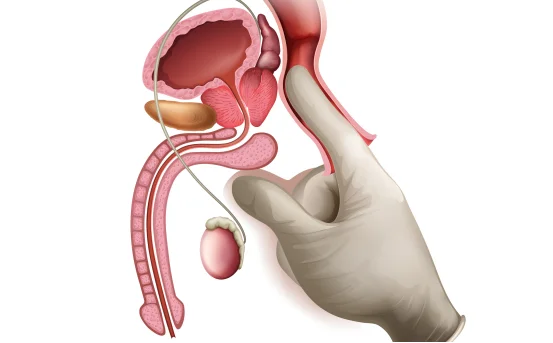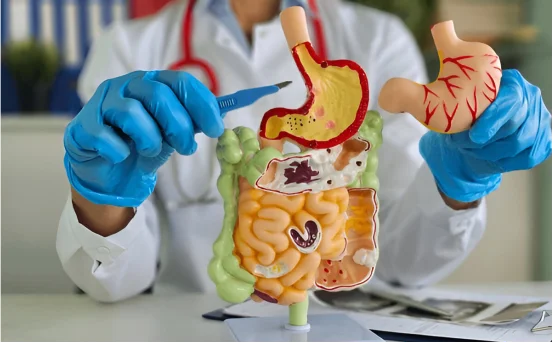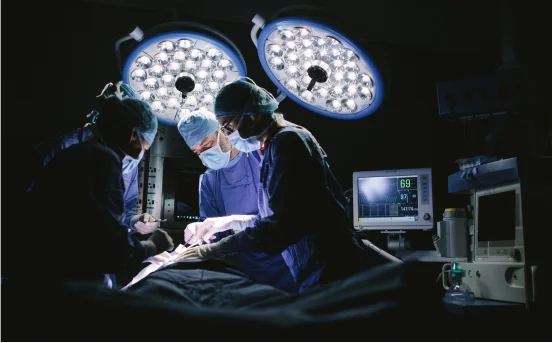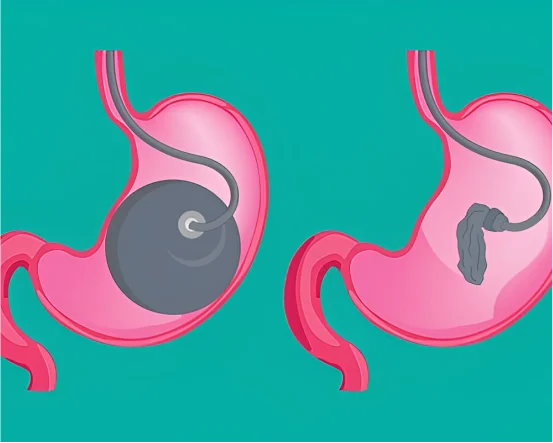Types of varicocele surgery is a common condition affecting about 15% of men and up to 40% of men evaluated for infertility. It involves the enlargement of the veins within the scrotum, similar to varicose veins in the legs. While some men experience no symptoms, others suffer from pain, testicular atrophy, or infertility. Thankfully, several effective varicocele repair surgery options are available today.
One of the most effective ways to manage this condition is through varicocele repair surgery, also known as varicocelectomy. Thanks to advancements in modern urology and surgical techniques, there are now multiple surgical options available to treat varicocele with high success rates and minimal complications.
What Is a Varicocele?
A varicocele occurs when the veins in the pampiniform plexus (a network of veins in the spermatic cord) become enlarged due to faulty valves, leading to blood pooling and increased pressure in the scrotum.
Symptoms of Varicocele May Include :-
-
A dull, aching pain in the testicles
-
A feeling of heaviness or dragging sensation in the scrotum
-
Visible or palpable enlarged veins (often described as a “bag of worms”)
-
Shrinking of the affected testicle (testicular atrophy)
-
Infertility or reduced sperm quality
When varicoceles cause discomfort or fertility problems, varicocele repair surgery becomes a recommended treatment option.
Why Is Varicocele Surgery Performed?
Varicocele surgery, also known as varicocelectomy, aims to block off the affected veins to restore normal blood flow in the scrotum. The key goals include :-
-
Alleviating scrotal pain
-
Preventing testicular damage
-
Improving sperm count and motility
-
Enhancing the chances of natural conception
Types of Varicocele Repair Surgery
There are several surgical techniques available to treat varicocele. These can be categorized into open surgery, microsurgery, laparoscopic surgery, and percutaneous embolization. Each has its own benefits and considerations.
Open Varicocelectomy (Traditional Surgery)
This is the most conventional method where the surgeon makes an incision in the groin or lower abdomen to access and tie off the affected veins.
Common Approaches :-
-
Inguinal approach (through the groin)
-
Retroperitoneal approach (through the abdomen)
-
Subinguinal approach (just below the groin)
Pros :-
-
Well-established technique
-
Relatively effective for large varicoceles
Cons :-
-
Larger incision
-
Longer recovery time
-
Higher risk of damaging nearby arteries or lymphatic vessels
Ideal for :- Patients in remote areas or where microsurgical equipment isn’t available.
Microsurgical Varicocelectomy (Subinguinal Microsurgery)
This is currently considered the gold standard for varicocele repair. It involves using an operating microscope to magnify the veins, allowing the surgeon to precisely identify and tie off the varicose veins while preserving arteries and lymphatic vessels.
Procedure :-
-
A small incision is made in the subinguinal region.
-
Using a high-powered microscope, the surgeon carefully ligates only the affected veins.
Pros :-
-
Lowest recurrence rate (less than 1%)
-
Minimal complication risks
-
Shorter recovery time
-
Better outcomes for fertility improvement
Cons :-
-
Requires specialized surgical training and equipment
-
Slightly longer operating time
Ideal for :- Men dealing with infertility or those seeking a minimally invasive option with high success rates.
Laparoscopic Varicocelectomy
In this method, small incisions are made in the abdomen to insert a laparoscope (a thin camera) and instruments to tie off the affected veins.
Procedure :-
-
Performed under general anesthesia
-
The surgeon inflates the abdomen with gas and uses a camera to guide the instruments
Pros :-
-
Can treat both sides (bilateral varicocele) in one procedure
-
Short hospital stay
Cons :-
-
Slightly higher complication rates than microsurgery
-
Risk of injury to abdominal organs
-
General anesthesia required
Ideal for :- Men with bilateral varicocele or previous failed varicocelectomy.
Percutaneous Embolization (Non-Surgical Option)
This minimally invasive, non-surgical procedure involves inserting a catheter through a vein in the groin or neck and using coils or a sclerosing agent to block the abnormal veins.
Procedure :-
-
Performed by an interventional radiologist
-
No incisions required
-
A coil or chemical agent is introduced to seal off the varicocele veins
Pros :-
-
No surgical incision
-
Short recovery time
-
Performed under local anesthesia
Cons :-
-
Higher failure rate and recurrence risk compared to microsurgery
-
Less effective in very large or complex varicoceles
-
Requires specialized radiological expertise
Ideal for :- Patients who are not good candidates for surgery or those who prefer a non-surgical approach.
How to Choose the Right Type of Varicocele Surgery?
Choosing the right type of varicocele repair surgery depends on several factors, including :-
-
Severity of the varicocele
-
Presence of pain or discomfort
-
Infertility concerns
-
Age and overall health
-
Availability of specialized surgeons
-
Cost and insurance coverage
A urologist or male fertility specialist will perform a physical examination, scrotal ultrasound, and semen analysis (if needed) to guide the treatment decision.
Post-Surgery Recovery and Results
Recovery Timeline :-
-
Microsurgery and laparoscopic surgery :- Most men return to light activities within a few days and resume normal physical activity in 1-2 weeks.
-
Open surgery :- Recovery may take 2-4 weeks.
-
Embolization :- Return to routine within 1-2 days.
Expected Outcomes :-
-
Pain relief in most symptomatic patients
-
Improved semen parameters in 60-80% of men
-
Increased chances of natural conception within 6-12 months
Risks and Complications
Though generally safe, varicocele surgery may carry risks like :-
-
Infection
-
Bleeding or hematoma
-
Hydrocele formation (fluid buildup around the testicle)
-
Injury to the testicular artery (rare in microsurgery)
-
Recurrence of varicocele
Choosing an experienced surgeon significantly reduces the likelihood of complications.
Conclusion
Varicocele repair surgery offers a highly effective solution for men suffering from scrotal pain or infertility due to varicocele. With various treatment options such as microsurgical varicocelectomy, laparoscopic surgery, open surgery, and embolization, patients have the flexibility to choose the approach that best suits their needs and health goals.























